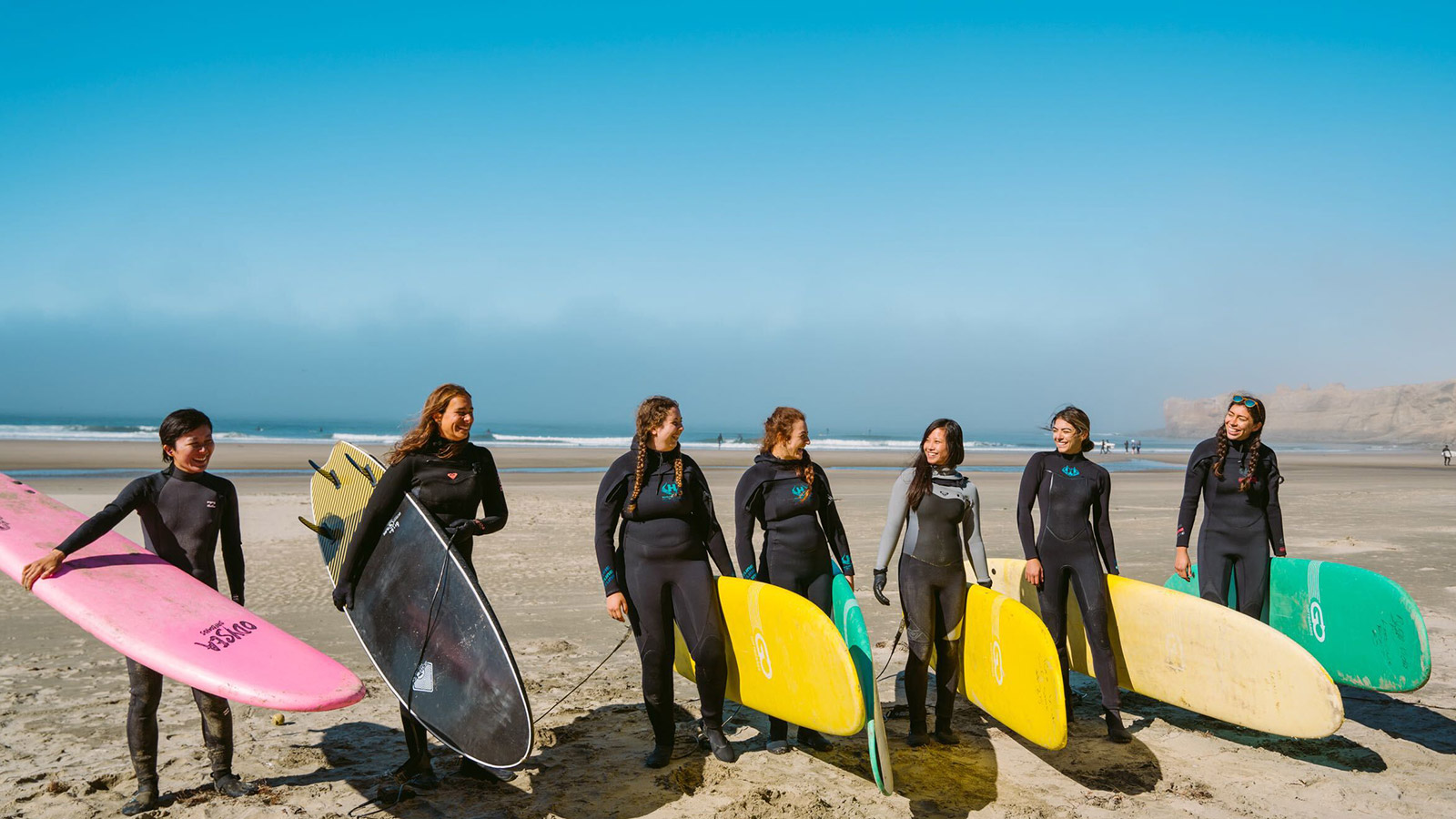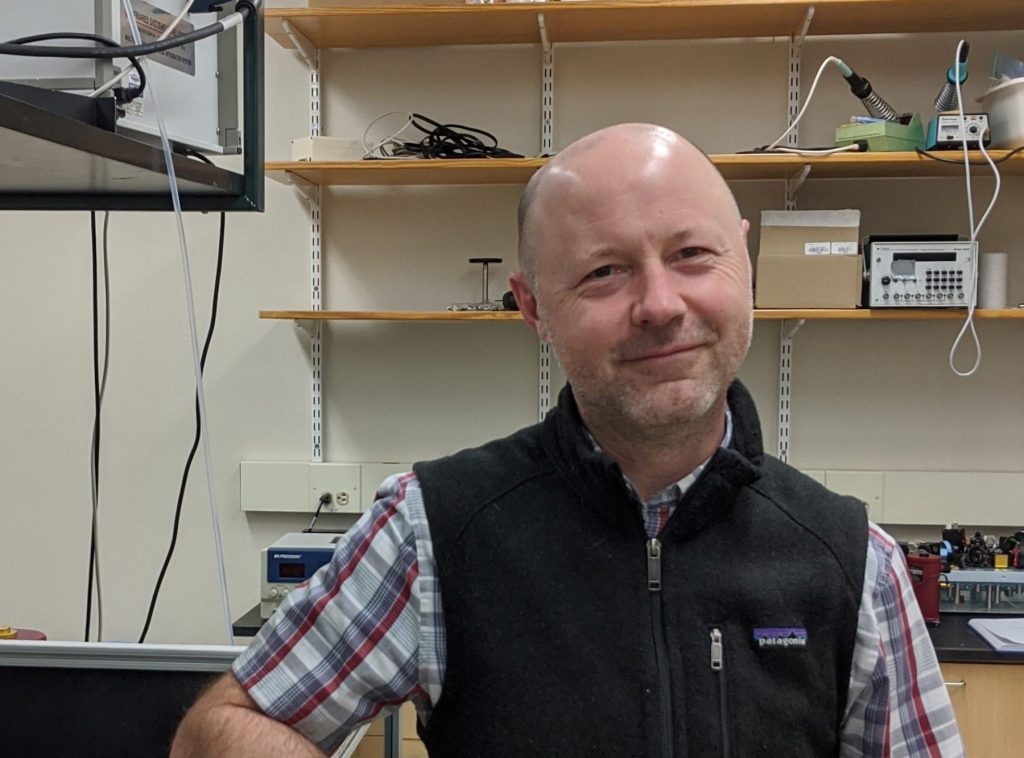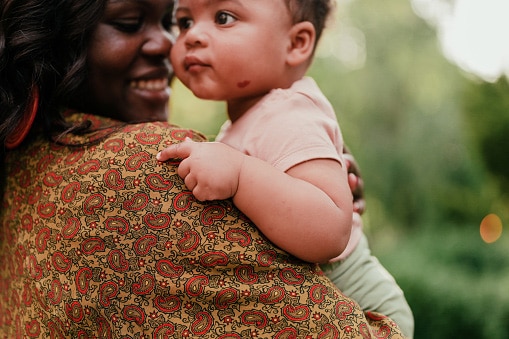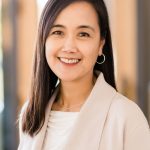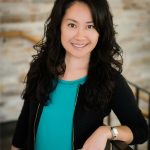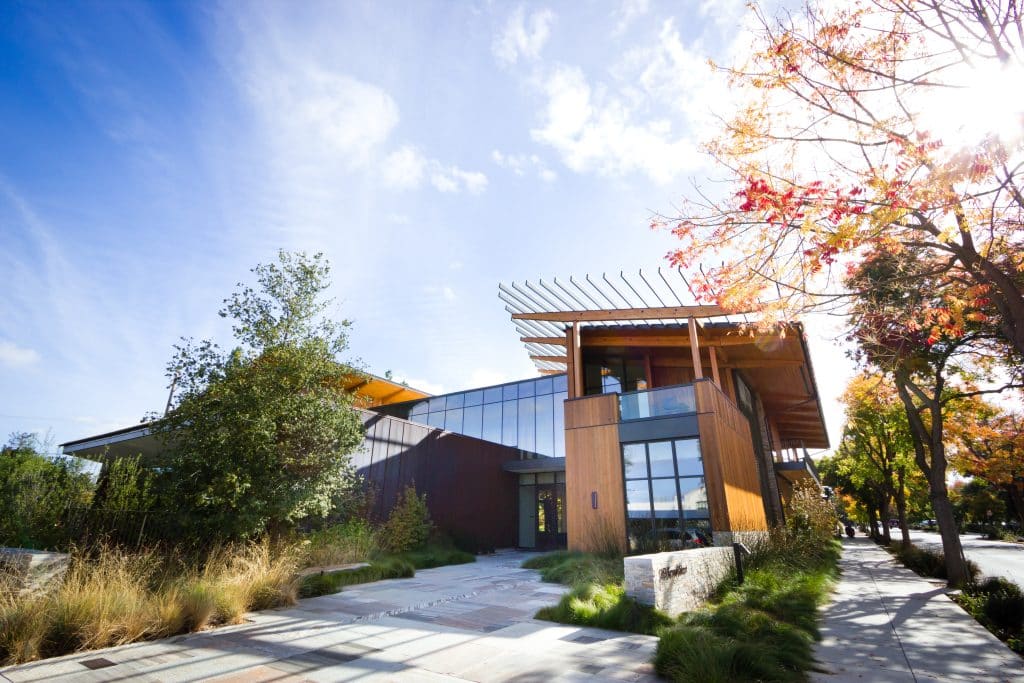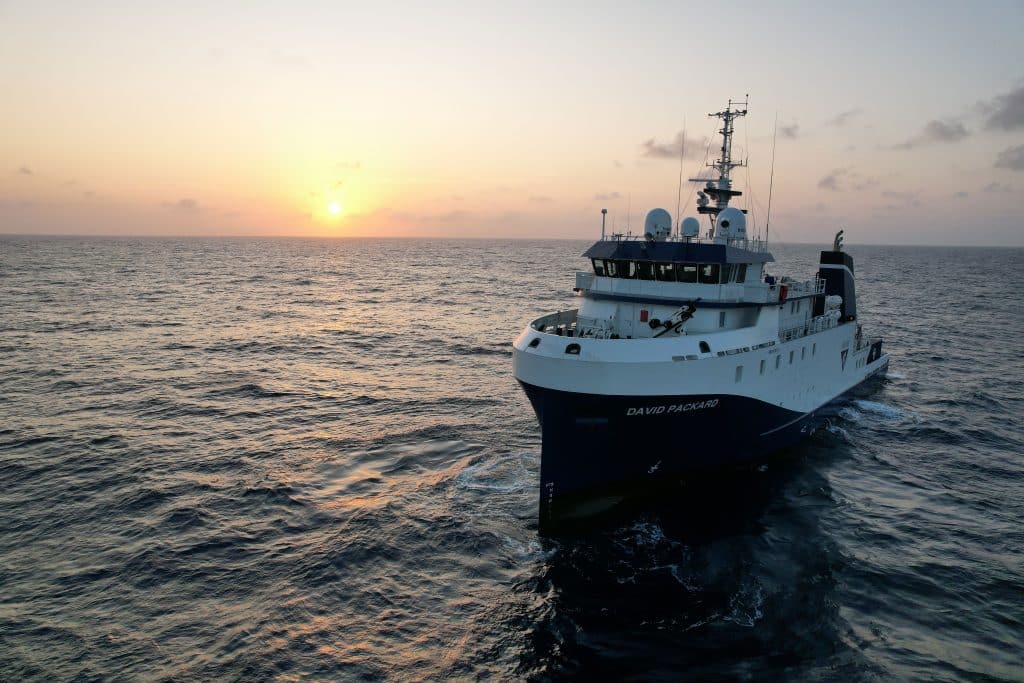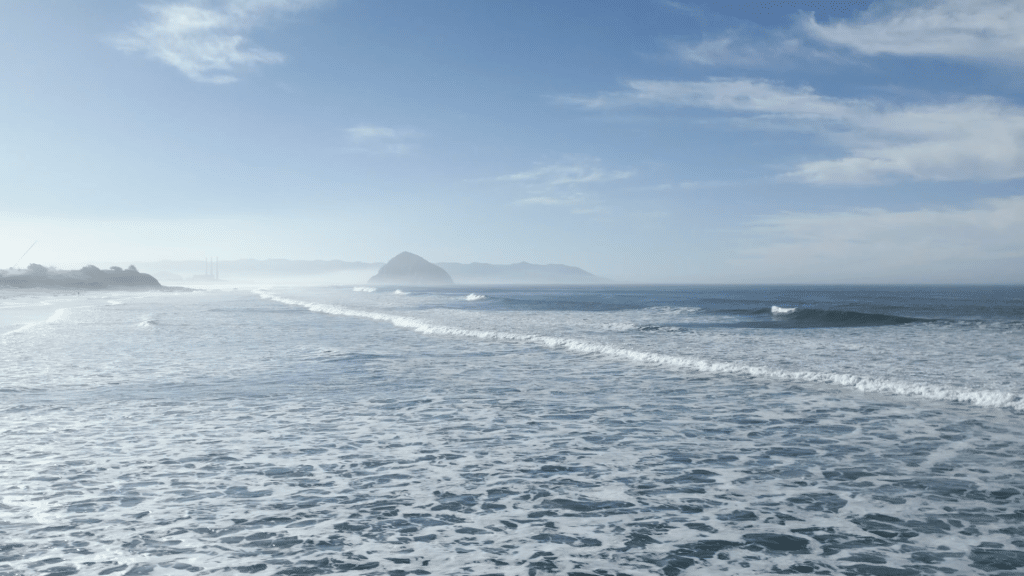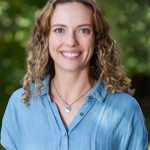A conversation with Kim Moore Bailey, President and Chief Executive Officer of Justice Outside, on the critical need for action to increase environmental justice.
Our U.S. Marine Program Officer, Heather Ludemann, connected with Kim Moore Bailey, the President and Chief Executive Officer of Justice Outside, a partner who is transforming the outdoor and environmental movement by centering the voices and leadership of Black, Indigenous, and People of Color.
Heather Ludemann: Can you talk about why we must have an inclusive environmental and outdoor movement with leadership from Black, Indigenous, and People of Color?
Kim Moore Bailey: Black, Indigenous, and People of Color have been connected to the land, waters, and ocean since time immemorial, and their leadership has been ever-present. Throughout history, this leadership has either been erased or forgotten. And yet, climate change disproportionately impacts Black and Brown communities across the globe.
Those closest to the problem are often those most well-informed about potential solutions. When we think about the environmental movement, the outdoors, and climate change, we know that the problems disproportionately impact folks of color and that they are positioned to find solutions.
When Black, Indigenous, and People of Color lead outdoor organizations and lead on climate and environmental justice, we root our work in joy, celebration, and community connection. And we know that movements rooted in authentic connection and joy are the movements that last, the movements that build momentum, and the movements that continue to bring more and more people into their folds.
Heather Ludemann: How does Justice Outside approach this challenge of transforming these large movements through its programs?
Kim Moore Bailey: Justice Outside’s programs focus on systemic change and the many efforts that create system-wide change. We start by saying that folks of color are best positioned to talk about and understand the community’s needs and to bring the community’s joy into larger spaces. If we start our programs with that baseline understanding, it centers our work.
We work to ensure that folks of color from the community get their foot in the door with entry-level jobs in the environmental field, and that’s why we offer the Outdoor Educators Institute. And then we ask ourselves, “Once their foot is in the door, how do we ensure that they are sustained in outdoor and environmental organizations and can continue their career trajectory if they want to, in the outdoors?” And that’s where our Rising Leaders Fellowship fits in.
At the same time, we also recognize that there has to be learning happening by the organizations employing these folks. That’s why we developed our Cultural Relevancy Series and Training & Support programs.
In an ideal world, that career trajectory allows more folks of color to lead organizations and efforts. So then we asked ourselves, how do we ensure that their work is being honored with philanthropic dollars in the same way as white-led organizations? That’s where our grantmaking comes into play—our grantmaking seeks to honor the leadership of Black, Indigenous, and People of Color within the outdoor and environmental movement.
Heather Ludemann: Can you describe how your Liberated Paths Grantmaking Program supports both people and the earth in mutually beneficial ways?
Kim Moore Bailey: Our Liberated Paths Grantmaking Program prioritizes funding for Black, Indigenous, and People of Color-led efforts. We see the same themes playing out in larger and larger conversations about climate change and environmental justice. More and more people understand that we need deep knowledge of the impacts, the change required, and solutions that work to reverse climate change. For this, we look to Communities of Color most impacted by climate change and most affected by climate disaster. We turn to their leadership, deep generational and ancestral knowledge, and resilience.
By funding efforts on the ground and in relationship with Communities of Color—by meeting the needs of those groups—we cultivate programs that center the joy and wisdom of Communities of Color. When we follow the lead of these grassroots efforts, we see what works and a path forward to bringing us all back from climate disaster.
We heard good things on the Always Be Birdin’ podcast we recently sponsored that featured Oshun Swim School and Hunters of Color. Here are folks centering ancestral knowledge and healing relationships with the land, waters, and ocean. Their practices and teaching move us well beyond the John Muir-era idea of conservation as untouched and pristine wild places of either hunting, fishing and taking from nature, or leaving it alone and preserving it. Hunters of Color and Oshun Swim School challenge that binary thinking. They help us remember that people are part of the land, and connectors to our waters and ocean, and that we have a role within the life cycles of the planet. And in that role, we have a responsibility to only take what we need and do no harm because harm undercuts our sustainability as people on this planet.
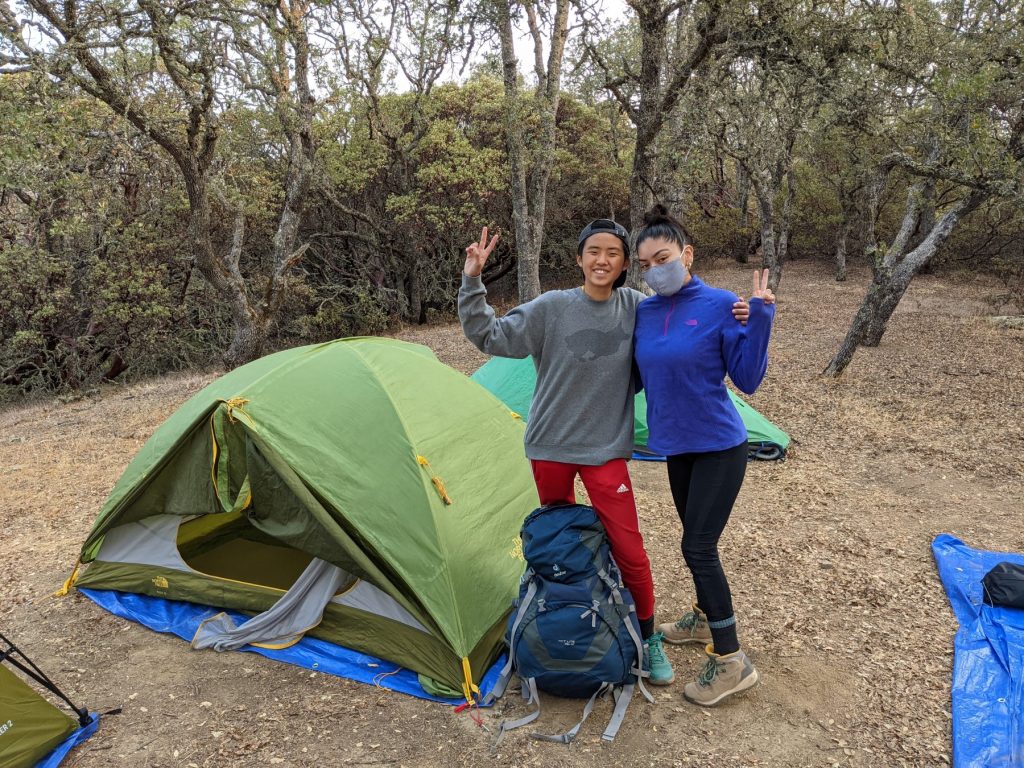
Heather Ludemann: Currently, Liberated Paths focuses on the West Coast. As you look to expand this work nationally and actively seek partners and investors to join you, what is most exciting about this growth opportunity?
Kim Moore Bailey: Yes, we are expanding! In 2022, we will do our first round of grantmaking on the East Coast, particularly in the Delaware River watershed region. And part of the excitement behind our expansion is getting to learn more about the amazing work done by Black, Indigenous, and People of Color on the East Coast.
We’ve long had relationships and connections with many grassroots organizations and funders in the region, so we’re looking forward to deepening those relationships. And we’ll be forging new relationships, both as a grantor to excellent work happening there and as a funding partner in the region.
We have a greater impact when we pool our resources toward ensuring that Communities of Color can continue their incredible work. It’s exciting to think about the relationships that will develop because we can’t have the impact we want without being in a good and right relationship with our grantees and other funding partners. We think it’s a model for how we can start to be in a good and right relationship with the planet.
Heather Ludemann: Momentum is increasing around the 30×30 initiative, asking governments to designate 30% of the earth’s lands, waters, and ocean as protected areas by 2030. How does this effort’s potential effectiveness also hinge on centering the leadership of Black, Indigenous and People of Color?
Kim Moore Bailey: Black, Indigenous, and People Of Color have a rich history of connection to the outdoors. All over the country, Communities of Color are fostering creativity and connection with the land, air, water, and nature around us. Indigenous communities shaped how we protect our land and homes from wildfires. Black communities led the movement for more green spaces in cities and developed soil preservation methods core to modern agriculture. Latinx people led the way in banning harmful chemicals like DDT and advocated for greater protection of public lands. The Aztecs of Mesoamerica practiced sustainability before that term even existed. Communities of Color have and continue to make undeniable contributions to conservation.
Justice Outside proudly joins a global community of organizations calling on world governments to center the leadership and contributions of Indigenous Peoples and communities of color in 30×30 and all biodiversity conservation. With numerous Indigenous communities living and working in a diversity of landscapes across the United States, Indigenous recommendations for conservation are varied and locally relevant—another reason the 30×30 initiative in the U.S. must center the vision and voices of Indigenous people and local communities. So, as we collectively seek to define our roadmap to implement 30×30, Justice Outside calls on government leaders and stakeholders within the land and water conservation movement to shift power to local and Indigenous land, water, and ocean stewards and asks what individual power we will give up to do that.
Heather Ludemann: As Justice Outside continues to invest in people, what are you seeing that’s inspiring you?
Kim Moore Bailey: The deep, intentional, intersectional approaches of so many efforts led by People of Color inspire me. It’s not enough to say we want to ensure the health and well-being of the planet. We must also ensure the health and well-being of ourselves and our communities.
I think about organizations like the Southern Arizona Gender Alliance and their vital work at the intersection of racial identity, gender identity, and deep relationship and connection to the outdoors. This group consciously uses the outdoors as a place to find deeper embodiment within their identities. Another grantee that is doing similar work is Disabled Hikers. They are thinking about the intersection of the health and well-being of the earth and the relationship to the health and well-being of people who have disabilities. And the Auguste Research Group, which is exploring connections between education, ocean conservation, and environmental impact measurement.
The People of Color-led projects we’re learning from are taking a profound look and saying that the conservation model we’ve seen for so long is inadequate and incomplete. We need leaders who see the health and wellness of the planet in relationship with people and communities. That intersectional, holistic approach rooted in identity and life experience necessarily informs and enhances our work for the earth and the health of its air, land, waters, and ocean.
